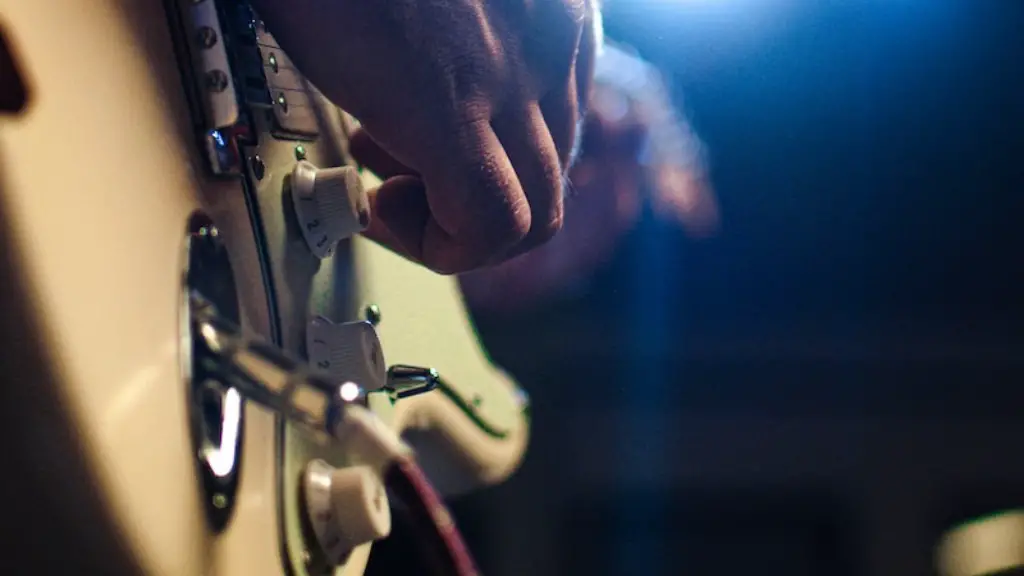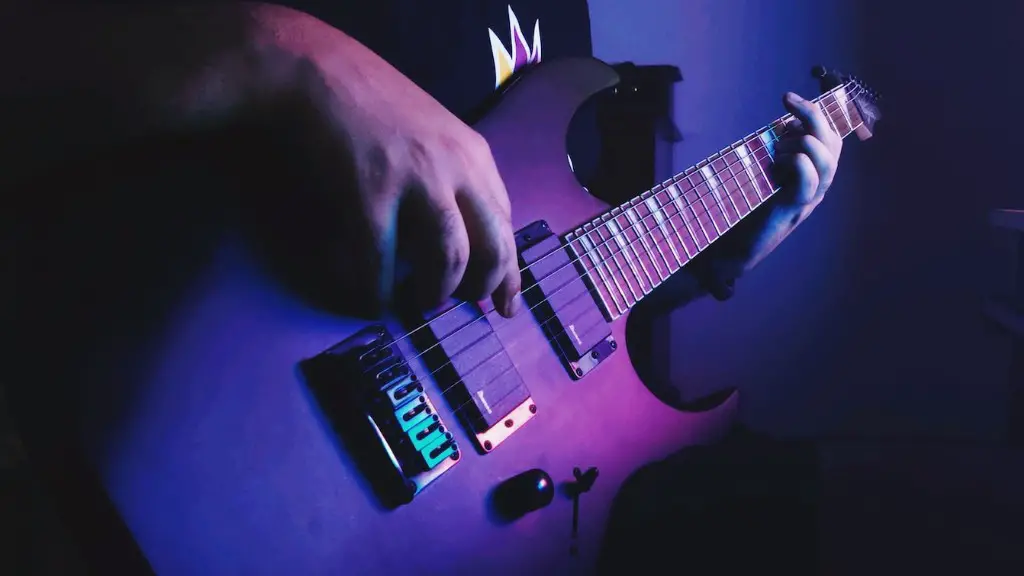Tuning your electric guitar correctly is essential to playing great music. An electronic tuner is the most accurate and reliable way to tune your guitar. It is fast, easy, and takes less than a few minutes.
In this guide, we will take you through the process of tuning your guitar with an electronic tuner. We will cover the basics of tuning, including how to set the tuner, how to read the display, and how to adjust each string for proper pitch.
Once you understand the basics of using an electronic tuner, you can quickly and accurately tune your guitar for every performance situation. So let’s get started!
Learning how to properly tune your electric guitar with a tuner can open up a world of musical possibilities.
Tuning Your Electric Guitar With A Tuner
Tuning an electric guitar can be a daunting task for beginners, but with the help of a tuner it’s a simple process. To get started, you’ll need to purchase a tuner specifically designed for electric guitars. The tuner should be able to clip onto the guitar strings so that it can detect the sound and accurately tune your strings. Once you have the tuner in hand, plug your instrument into the tuner and turn it on. Once it’s on, pluck each string one at a time and adjust the tuning pegs until you hear the same note as shown on the tuner’s display screen.
Repeat this process for all six strings until they are all in tune with one another. When tuning an electric guitar, make sure to keep an eye on both the tuner display and how your strings sound as you adjust them, as both will help ensure that your guitar is properly tuned. Finally, check to make sure that your guitar stays in tune after picking each string multiple times – if needed, repeat this process until it does.
By following these steps, you’ll be able to properly tune your electric guitar without any stress or hassle!
Connecting the Tuner to the Guitar
Tuning your electric guitar with a tuner is a simple process. First, you’ll need to attach the tuner to your guitar. Most tuners have two jack inputs: One for the guitar and one for an amplifier or speaker. Connect the guitar cable to the input labeled “guitar” on your tuner. For acoustic guitars, you may need to add a pickup before connecting it to the tuner. Once connected, turn on your tuner and select an appropriate tuning mode (most common tuning settings are standard E or drop D).
Now you’re ready to tune! Play each string of your guitar while watching the meter on your tuner. The meter should move toward either side of the center line until a green light displays – signifying that your string is in tune. If it’s not in tune, adjust either the tuning peg or string tension until it is in tune. Once you’ve tuned all six strings, you’re ready to rock!
Understanding the Notes of the Strings
Tuning your electric guitar is an essential part of playing music. It’s important to make sure all the strings on your guitar are in tune before playing, and a tuner is the best way to do this. A tuner helps you determine whether or not a string is in tune by comparing it to a reference pitch. Each string on your guitar has a specific note associated with it, and tuning it accurately requires that you know what note each string should be set to. Start by pressing down each string at the twelfth fret – this will give you the note of that particular string. Then, use your tuner to adjust each string until it matches the reference pitch for that note.
Knowing how to tune your guitar with a tuner can help ensure that you get the most out of your instrument. With practice and patience, you’ll be able to play accurately and consistently in no time! Plus, having an in-tune guitar will sound better and will make playing easier.
Learning How to Read a Digital Tuner
Tuning an electric guitar can seem like a daunting task, but with the help of a digital tuner it can be done in minutes. A digital tuner is a small device that clips onto the headstock of your guitar and reads the note being played. It then displays the note on its LCD screen, along with how close or far away from perfect pitch it is. By adjusting the tuning keys until the LCD display reads “in tune”, you can easily have your electric guitar perfectly tuned.
Using a digital tuner is easy but there are a few tricks you should know. First, make sure to check each string individually. This ensures that all strings are perfectly in tune with each other. Also, start by tuning each string to itself without using the digital tuner. This gives you an idea of which way to turn the tuning keys to get closer to perfect pitch. Finally, use your ears! Listen carefully to make sure each string sounds clear and true before moving onto the next one.
Tuning an electric guitar with a digital tuner is fast and easy once you get used to it. With practice, you’ll be able to confidently tune your instrument in no time.
Plucking the Strings and Adjusting the Pegs
Tuning an electric guitar can seem intimidating for those who have never done it before. But with a tuner, this task can be made much easier. Begin by plugging your electric guitar into a guitar amplifier, or alternatively use headphones if the sound needs to be more discreet. Then take the tuner, which should have been included when you bought your electric guitar, and attach it to the guitar’s bridge. Now strum each string one by one and observe how the tuner reacts to each note. If it is not in tune, adjust the tuning pegs until you hear a clear note on the tuner.
Repeat this process for all six strings and make sure that they are in tune with each other, as a slight adjustment to one string can affect all of them. You may need to pluck the strings several times while adjusting the pegs in order to get an accurate reading on your tuner. Once complete, you should have an in-tune electric guitar ready to play.
Tune Your Electric Guitar With A Tuner
Tuning your electric guitar with a tuner is an essential step in learning to play the instrument. A tuner helps you to ensure that each string is perfectly in tune and helps you to quickly identify any problems with intonation. To get the best results, use the following tips:
First, make sure the strings are properly stretched before tuning. This will help them stay in tune longer. Next, use a good quality tuner and adjust it according to the instructions provided. When tuning, hold down all of the strings at once and work from string 6 (the thickest string) down to string 1 (the thinnest). Check each string individually before playing chords or melodies. Finally, check each note on different frets of your guitar, as intonation can differ across the neck.
By following these tips and using a reliable tuner, you’ll be able to keep your electric guitar perfectly in tune for as long as possible. This will ensure that your playing sounds great every time you pick up your instrument!
The End
Tuning your electric guitar with a tuner is a great way to ensure your guitar sounds great, and it’s easy to do. All you need is a tuner, which you can find online or in most music stores. Once you’ve purchased the tuner and made sure your guitar is plugged in, you can begin tuning. First, locate the knobs on the guitar’s headstock and identify each string. Then use the tuner to match the string’s pitch with the correct note. Finally, adjust each string to achieve a perfect sound. Once you’re done tuning your electric guitar, it will be ready for any performance.
Tuning your guitar with a tuner may take some practice at first, but once you get used to it, it will become second nature. With regular tuning sessions, you can easily keep your electric guitar in top shape for years to come.





